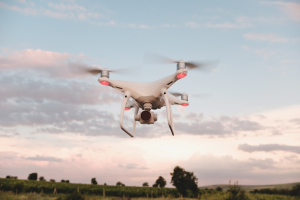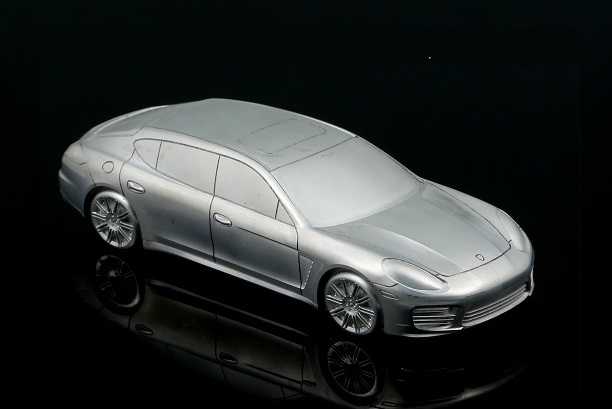Computer Numerical Control machining (CNC machining) has revolutionized modern manufacturing. It boasts precision and flexibility. CNC leverages computer software to control machine tools. These include lathes, mills, routers, and grinders. It allows complex parts to be machined much faster than manually. It has transformed industries by making small-batch production cost-effective. Today, CNC production machining enables tight tolerances for aerospace components and mass production of standardized parts with minimal labor.

What is the Process of CNC Machining? What Are the Steps of CNC Manufacturing?
The CNC production machining process involves several stages. They include the following:
Design and Planning
The design and planning phase is crucial for a successful outcome. In this stage, product engineers create detailed 3D CAD models specifying the precise geometry, dimensions, and tolerances of the part. Considerations such as the optimal materials, machine tool selection, and cutting tools are also determined.
Programming
During the programming stage of CNC precision machining, specialized CAM software is used. It translates the 3D design into G-code instructions that the CNC machine can follow. The programmer must plan out the optimal toolpath strategy, fixture setup, feed, and speed rates to efficiently machine the part while avoiding collisions.
Setup
Setup is when the part design moves from digital to physical production. The workpiece material is securely fastened to the machine table or fixture plate. Cutting tools like endmills and drills are mounted on the machine spindle according to the programmed toolpath. Operators carefully set up work-holding and tool offsets to ensure accuracy.
Machining
In the machining stage of CNC production machining, the CNC equipment removes material by the micrometer as it cuts layer by layer through the workpiece. The machine closely controls the tool as it moves and cuts at rapid speeds according to the programmed G-code. Machining can involve turning, milling, boring, and other specialized operations in a single setup.
Inspection and Quality Control
After machining, the parts undergo rigorous inspection using tools such as calipers, bore gauges, and 3D comparators. Precision CMM and coordinate measuring are often used to capture detailed point-cloud and surface data. The purpose is to verify that all geometry and tolerances are within specifications. Any non-conforming, defective parts are identified and fixed.
Finishing
The finishing phase of CNC production machining includes several activities. Common ones include dipping parts in alkaline cleaners, applying protective coatings through plating, or polishing with abrasives to create smooth mirror surfaces. Heat treatment can further harden alloys to the required material hardness values.

FAQs About CNC
What is the Main Use of CNC Machines?
CNC machines are used across many industries. 5-axis CNC milling machine parts by cutting away material using revolving multi-point cutting Tools. It is suitable for sculpting complex 3D shapes. CNC lathes rotate the workpiece against stationary single-point tools and are ideal for replicating symmetry.
Is CNC a Mill or a Lathe? Why is CNC Better Than Lathe?
A CNC machine can be a mill, lathe, or other tool. It differs from conventional machines by using computer software for numerically controlled movements. This automation allows for intricate cuts with precision beyond manual operation. CNC production machining also minimizes human errors and improves consistency for mass manufacturing.
Service Highlight: CNC Machining by MY Prototyping
MY Prototyping is a premier brand known for rapid prototyping and CNC production machining. We provide reliable solutions for product development and manufacturing. Our custom CNC machining service has been designed for customers’ prototyping and production needs. The key characteristics that make us a top choice include:
- Capability to machine numerous materials down to tight tolerances of 0.01mm helps customers replace labor-intensive processes or expensive outsourcing with lower-cost machining.
- Parts are often produced within 3 working days thanks to well-equipped machine facilities and experienced operators, meeting tight product development timelines.
- 24/7 online quoting platform provides instant quotes for budgeting and faster decision-making.
- Dedicated quality control team delivers 99.5% on-time delivery by thoroughly inspecting each job.
- Years of machining expertise allows complex geometries and intricate molds/dies to be confidently produced.
- Global partners give customers worldwide reach for their CNC production needs.

Conclusion
CNC production machining is in high demand thanks to its ability to cut parts accurately according to programmed instructions. It is widely applied in manufacturing due to its consistency, flexibility, and ability to produce complex designs. Core CNC processes involve planning, programming, setup, machining, inspection, and optional finishing. Seasoned CNC machining companies like MY Prototyping efficiently handle repeated steps to focus on quality outputs. With reliable custom manufacturing offerings, MY Prototyping stands out for project support from prototype to mass production. Visit our website to explore its diverse CNC and rapid prototyping services.






